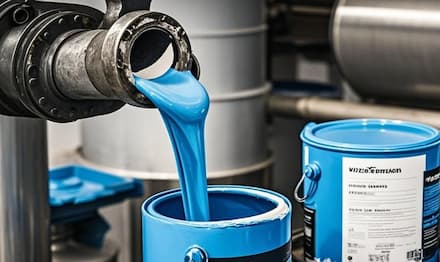The Cubical Concert Stage: A Revolution in Audience Engagement
The traditional concert stage, often a rectangular platform facing a single audience mass, presents inherent limitations in maximizing audience engagement and performance quality. A radical departure from this paradigm is the cubical concert stage design, a configuration offering significant advantages in enhancing the viewing experience, facilitating advanced stage technology, and fostering a more intimate connection between performers and fans. This essay will explore the multifaceted benefits of this innovative approach, demonstrating its potential to redefine the live music concert experience.
Firstly, the cubical design fundamentally alters the audience-performer relationship by enabling a truly immersive, four-sided viewing experience. Unlike traditional stages, which often leave a significant portion of the audience with obstructed or suboptimal views, the cubical structure allows for a more equitable distribution of sightlines. Every side of the cube can be treated as a performance face, eliminating the "back of the house" effect prevalent in conventional concert venues. This means that attendees, regardless of their ticket price or location within the venue, enjoy comparable, high-quality views of the performance. This fosters a sense of inclusion and ensures that every member of the audience feels a vital part of the event. The elimination of significantly compromised sightlines also translates to improved audience satisfaction and reduces potential complaints, contributing to a smoother, more positive overall experience.
The second key benefit of the cubical stage lies in its enhanced capacity to accommodate advanced stage technology and elaborate production designs. The design's multiple viewing planes necessitate a more sophisticated staging approach, inherently driving innovation. The four sides allow for the integration of multiple screen displays, immersive projection mapping, complex lighting rigs, and dynamic special effects. The structural integrity of a cube also allows for more ambitious and intricate stage set designs, offering a greater scope for creativity and spectacle. This added technological capability can translate into a significantly more lively and captivating performance. Imagine, for example, synchronized light shows that envelop the entire audience, or dynamic video projections that seamlessly blend with the performers' actions across multiple sides of the cube. This multifaceted approach surpasses the limitations of a traditional stage, significantly enriching the overall sensory experience for the audience. Moreover, the versatility afforded by the cubical structure allows for quick changes in set designs and technical configurations, maximizing efficiency during the performance and enhancing the overall production flow.
Finally, the cubical stage design significantly contributes to improved communication and interaction between performers and fans. The close proximity of the audience to the stage on all four sides breaks down the traditional physical and emotional barrier often present in larger venues. This closer physical proximity naturally fosters a stronger sense of intimacy and connection between performers and their audience. Performers can engage with the audience from multiple angles, directly addressing different sections and creating a more personal and engaging interaction. This facilitates spontaneous moments of audience participation, such as singalongs, Q&A sessions, or even directly involving audience members in aspects of the performance. This increased level of interaction contributes to a more vibrant and memorable experience for both performers and audience, reinforcing a sense of community and shared experience that transcends the traditional concert format.
In conclusion, the cubical concert stage design represents a significant advancement in live performance technology and audience engagement. Its benefits extend beyond merely providing improved sightlines; it allows for a more technically advanced and visually stunning show, while simultaneously fostering a far more intimate and interactive connection between performers and fans. By creating a truly immersive and equitable experience for every attendee, the cubical design promises to revolutionize the way we experience live music, setting a new standard for audience engagement and performance excellence. The future of live concerts may very well lie in the versatile and engaging possibilities offered by this innovative stage configuration.









